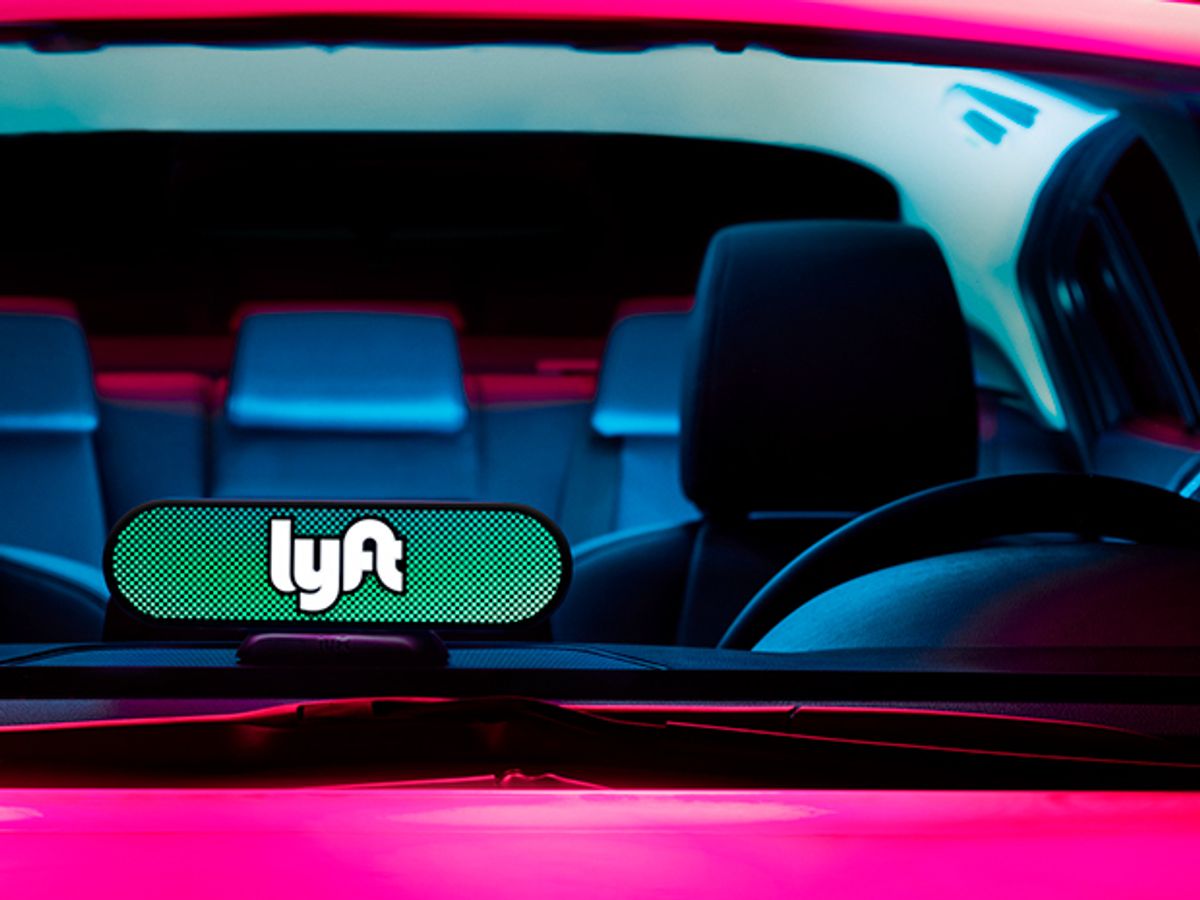Most autonomous car companies see ridesharing and taxi services as the clearest way for fully autonomous vehicles to become useful and cost effective. Unsurprisingly, ridesharing companies (whose largest expense is paying human drivers) are in enthusiastic agreement. Lyft in particular has formed partnerships with GM’s Cruise Automation, Waymo, and nuTonomy.
Last week, Lyft announced a new autonomous vehicle partnership, this time with Drive.ai, who plans to deploy their deep learning-based autonomous vehicles in and around San Francisco.
Drive.ai is a valuable addition to Lyft's somewhat scattershot plan for autonomous cars. The companies Lyft is partnering with have very different approaches to the autonomy problem: nuTonomy emphasizes provable safety through formal logic, while Drive.ai relies much more heavily on deep learning for both sensing and decision-making.
It's hard to know which approach will prove to be more effective, and there's no reason why both of them can't peacefully co-exist. The potential market for autonomous vehicles is so wide open right now that there's plenty of room for all, and Lyft's multiple investments will make it much more likely that they'll figure out something that works.
"Self-driving cars have the potential to save lives, reshape cities, and dramatically benefit the environment. Pilot programs like this are vital to build awareness and familiarity with autonomous vehicle technology, and Drive.ai is committed to working with great businesses like Lyft in order to do so," said Drive.ai CEO Sameep Tandon. "Together, we can take the next step in autonomous vehicles, from testing to deployment in real, urban environments."
While a partnership like this isn't at all surprising for Drive.ai, we were much more interested in their original plan, which focused on logistics. Specifically, they wanted use autonomous vehicles to make repeated deliveries along fixed routes in small areas, like transporting goods from a centralized warehouse to a bunch of the same individual stores every day.
We liked this idea (and they're still working on it, to be fair) because it neatly restricts some otherwise very messy variables. For example, there are no human passengers, and the entire route is fixed since the origin and destinations never change. That second point is particularly relevant for autonomous vehicles that depend on preexisting maps to navigate. With a service like Lyft, you have very little control over where your passenger asks you to go, meaning that to demonstrate useful autonomy you'll need to invest in mapping a much larger area.
Still, Drive.ai's deep learning system is (they say) much more efficient at labeling the important features (like signs and traffic lights) than most, which is where a bulk of the time and effort is spent when making maps. It sounds like in practice, the partnership between Drive.ai and Lyft will involve Drive.ai only allowing its autonomous vehicles to accept routes where they're comfortable. And of course, there will be a safety driver behind the wheel at all times, which should make it much easier to take passengers the last few blocks to their final destination. Lyft says they expect this partnership with Drive.ai to launch 'soon.'
Evan Ackerman is a senior editor at IEEE Spectrum. Since 2007, he has written over 6,000 articles on robotics and technology. He has a degree in Martian geology and is excellent at playing bagpipes.



